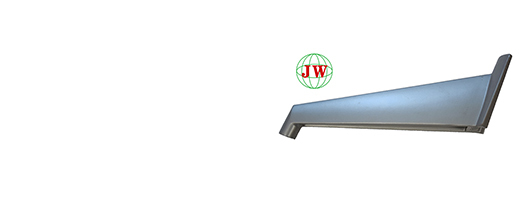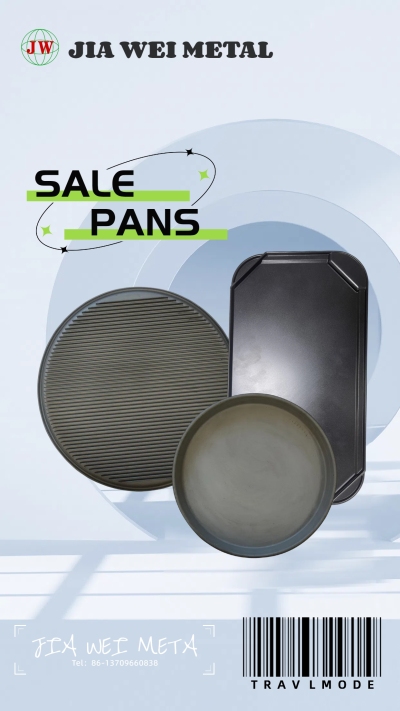
16,000-Ton Breakthrough: How Aluminum Die-Casting & Mold Tech Reshapes Auto Manufacturing
2025-10-28 15:30
WUHAN, Oct. 25, 2025 – A 720℃ stream of molten aluminum surges into a colossal mold, and within two minutes, a 2.1-meter-long battery tray weighing 60kg emerges—this scene at Dongfeng Motor’s 16,000-ton integrated die-castingplant marks a new era for the global aluminum die-casting and mold industry. As the world’s largest-tonnage die-casting facility enters trial production, it highlights how technological leaps in die-casting molds are driving the lightweight revolution in new energy vehicles (NEVs).
The automotive sector’s shift to electrification has become the primary growth engine for the die-casting mold market. GrandViewResearch data shows global die-casting mold market size will hit $28.9 billion in 2025, with NEVs contributing over 35% of demand. “Each NEV requires 120-150 die-cast components, a 40% increase from traditional fuel vehicles,” notes an industry analyst. Dongfeng’s 16,000-ton press, paired with domestically developed super-large integrated molds, exemplifies this trend—replacing 100+ welded parts with single-piece castings, cutting body weight by 10-15% and boosting structural rigidity by 20%.
Technological innovation in die-casting molds is reshaping manufacturing precision. Guangde Kastin Metal Tech reveals that modern aluminum die-casting achieves ±0.05mm dimensional accuracy and Ra1.6μm surface finish, thanks to mold advancements like TiAlN nano-coatings (extending mold life 8-10x) and zone-controlled temperature systems (maintaining <5℃ cavity temperature variation). AI-driven mold design has accelerated development cycles by 30%—machine learning models trained on 100,000+ production cycles now predict optimal mold parameters, raising yield rates to 99.3%.
The market landscape is undergoing dramatic restructuring. China’s die-casting mold industry, valued at $11.5 billion in 2025, accounts for 39.8% of the global market. Leading enterprises like Guangdong Hongtu and Wencan Group are expanding global footprint through cross-border mergers, with overseas revenue expected to exceed 40% by 2030. Regional clusters thrive too—Yangtze and Pearl River Deltas hold 60% of China’s capacity, while central-western regions grow at 8.3% CAGR, fueled by policy subsidies.
Sustainability and intelligence are becoming competitive differentiators. The EU’s Circular Economy Act mandates 85%+ mold recycling rates, pushing manufacturers toward recycled aluminum molds—their market share will rise from 28% in 2023 to 43% by 2030. Digital transformation is equally critical: digital twin technology now optimizes 27% of high-end mold production, enabling remote maintenance and lifecycle management. “Smart molds embedded with 20-50 sensors can adjust parameters in real-time, reducing defect rates from 0.8% to 0.3%,” explains a Wuhan University of Technology researcher.
Challenges remain, including volatile raw material costs (ADC12 aluminum prices fluctuated 23% in 2023) and a 30% shortage of senior mold technicians. However, investment in breakthrough areas continues apace—$24-28 billion will flow into 8,000-ton+ mold R&D, 3D-printed cooling channels, and low-carbon mold production by 2030.
As Dongfeng prepares for mass production in April 2026, the industry’s direction is clear. “Integrated die-casting molds are no longer just manufacturing tools—they’re the backbone of next-gen mobility,” says Dongfeng’s Wu Xiaofei. With technology pushing boundaries and demand surging, the aluminum die-casting and mold sector is poised for a decade of transformative growth.
Get the latest price? We'll respond as soon as possible(within 12 hours)












